About
Current smart instrumentation using multi-sensors and/or spectrometers provides a wealth of data that requires sophisticated signal and data processing approaches to extract the hidden information.
Our group develops algorithmic solutions for the automatic processing of Gas Sensor Array, Gas Chromatography – Ion Mobility Spectrometry (IMS), Nuclear Magnetic Resonance, and Mass Spectrometry (GC/LC-MS, MSI) data for metabolomics, food, and environmental samples.
In this context, we are interested in intelligent chemical instruments for the detection of gases, volatile compounds, and smells. These systems can be based on an array of nonspecific chemical sensors with a pattern recognition engine, taking inspiration from the olfactory system. Some spectrometries, e.g. Ion Mobility Spectrometry, are capable of very fast analysis with good detection limits but poor selectivity. These technologies have been proposed for the fast determination of the volatolome (volatile fraction of the metabolome), instead of the reference technique of gas chromatography – mass spectrometry.
During 2023 our research has been focused on:
- Development of computational metabolomics workflows based on advanced statistics and machine learning. We have applied these methods to the discovery of metabolic biomarkers to identify patients at risk after colorectal cancer surgery.
- Computational metabolic biomarker discovery for ventilation therapy needs in COVID patients in intensive care units.
- Optimization of a full workflow for the analysis of Gas Chromatography-Ion Mobility Spectrometry (GC-IMS) data, and its implementation in an open source R-package made available for the community.
- Development of a Forced Oscillation Technique apparatus and controlling software for the measurement of the respiratory impedance. The device is controlled by a mobile app, and it has full IoT capabilites (based on Microsoft Azure) for clinician remote access to measurement data. Hardware and Software are open source.
- Development of drones with machine olfaction capabilities for gas source localization and mapping. Our results have shown that nanodrones with proper signal processing can locate sources in indoor scenarios, particularly for chemical sources located above the drone.
- Development of drones with machine olfaction capabilities for outdoor operation aiming to estimate odour concentration as for EN13725 in flight conditions over wastewater treatment plants.
- Development of methods of urine analysis based on GC-IMS.
- Analysis of urine GC-IMS data to develop predictive models of Colorectal Cancer.
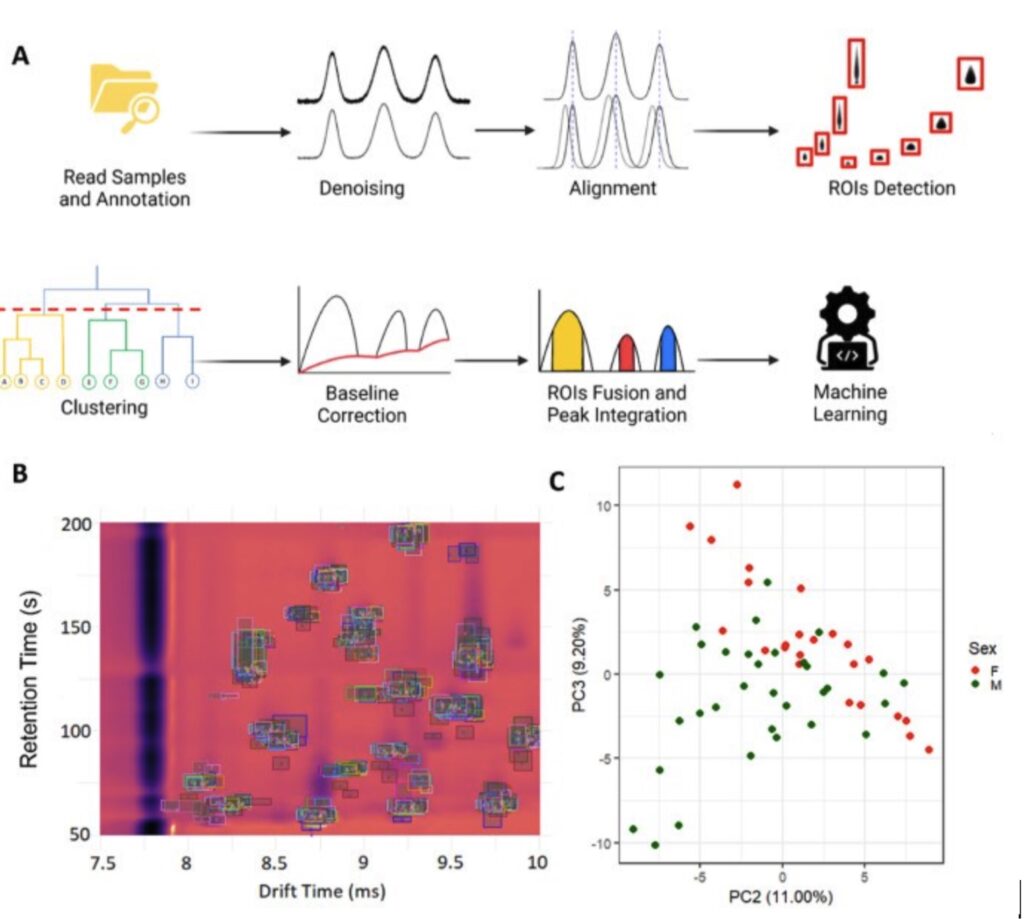
Staff
Projects
| NATIONAL PROJECTS | FINANCER | PI |
|---|---|---|
| TENSOMICS · Development of tensorial signal processing and machine learning tools tailored to the analysis of urine metabolomics (2019-2022) | Ministerio de Ciencia, Innovación y Universidades | Santiago Marco |
| PRIVATELY FUNDED PROJECTS | FINANCER | PI |
|---|---|---|
| Anticipation of respiratory outcomes in ICU COVID-19 patients by metabolic signatures (2021-2023) | Fundació La Marató de TV3 | Santiago Marco |
| FINISHED PROJECTS | FINANCER | PI |
|---|---|---|
| SNIFFDRONE · Drone-based Environmental Odor Monitoring (2019-2020) | EU Commission · Attract Projects | Santiago Marco |
| Analisis de tapones de corcho por espectroscopia de movilidad de iones (2015-2016) | M3C INDUSTRIAL AUTOMATION & VISION, S.L. | Santiago Marco |
| Sensor test for indoor air quality and safety applications (2015-2016) | BSH Electrodomesticos España S.A. | Santiago Marco |
| Preparació i realització d’un curs de processat de senyal per sensors químics de dos dies a BSH Zaragoza (2016-2017) | BSH Electrodomesticos España S.A. | Santiago Marco |
| SMART-IMS Procesado de Señal para Espectroscopia de Movilidad de Iones: Análisis de Fluidos Biomédicos y Detección de Sustancias Tóxicas (2012-2015) | MINECO, I+D-Investigación fundamental no orientada | Santiago Marco |
| Transducción biomimética para olfacción artificial | MINECO, EUROPA EXCELENCIA | Agustín Gutiérrez |
| BIOENCODE Estudio comparativo de la capacidad de codificación de información química de sistemas biológicos y artificiales | MINECO, I+D-Investigación fundamental no orientada | Agustín Gutiérrez |
| SENSIBLE Sensores inteligentes para edificios más seguros (2014-2016) | MINECO, Acciones de Programación Conjunta Internacional | Santiago Marco |
| SAFESENS Sensor Technologies for Enhanced Safety and Security of Buildings and its Occupants (2014-2017) | ENIAC Joint Undertaking | Santiago Marco |
| SIGVOL Mejora de la señal para instrumentación química: aplicaciones en metabolómica de volátiles y en olfacción (2015-2017) | MINECO, Retos investigación: Proyectos I+D | Santiago Marco |
| Computational Metabolomics (2017-2019) | Industrial Project with Nestlé Institute of Health Sciences, Switzerland | Santiago Marco |
| Development of Data Processing Algorithms for Temperature Modulated Sensors | Industrial Project with BSH Electrodomesticos, Spain | Santiago Marco |
Publications
Equipment
- Gas chromatograph/mass spectrometer (Thermoscientific) with robotic head-space sampler
- Gas Chromatograph/ Thermal Conductivity Detector (Thermoscientific) with robotic head-space sampler
- 2 Infusion pumps K-systems
- Gas Chromatography-Ion Mobility Spectrometry FlavourspecTM (Gas Dortmund)
- 6 channel vapor generator plus humidity control (Owlstone, UK)
- Ion Mobility Spectrometer: Gas Detector Array (Airsense Analytics GmbH)
- Computing and General Purpose Electronic Instrumentation
- Field Asymmetric Ion Mobility Spectrometer (Owlstone, UK)
- Corona Discharge Ion Mobility Spectrometer (3QBD, Israel)
- Ultraviolet Ion Mobility Spectrometer (Gas Dortmund, Germany)
- Fast Photo Ionization Detector (Aurora Scientific, Canada)
Collaborations
- Prof. James Covington, Dept. of Electric and Electronic Engineering, University of Warwick, UK
- Dr. Oscar Pozo, Applied Metabolomics, IMIM, Barcelona, ES.
- Dr. Joan R. Masclans, Critical Care Unit, Hospital del Mar, Barcelona, ES.
- Prof. R. Farre, Biofísica Respiratoria i bioenginyeria, IDIBAPS, Barcelona, ES.
- Prof. L. Capelli, Chemical Engineering, Politecnico di Milano, Milano, IT.
- Prof. R. Dellaca, Biomedical Enginering, Politecnico di Milano, Milano, IT.
- Prof. Alessia Amelio, Computer Science & Engineering, Universita degli Studi G. d’Annuncio, Chieti, IT.
- Dr. Radislav Potyrailo, General Electric Research, Schenectady, NY, USA
News
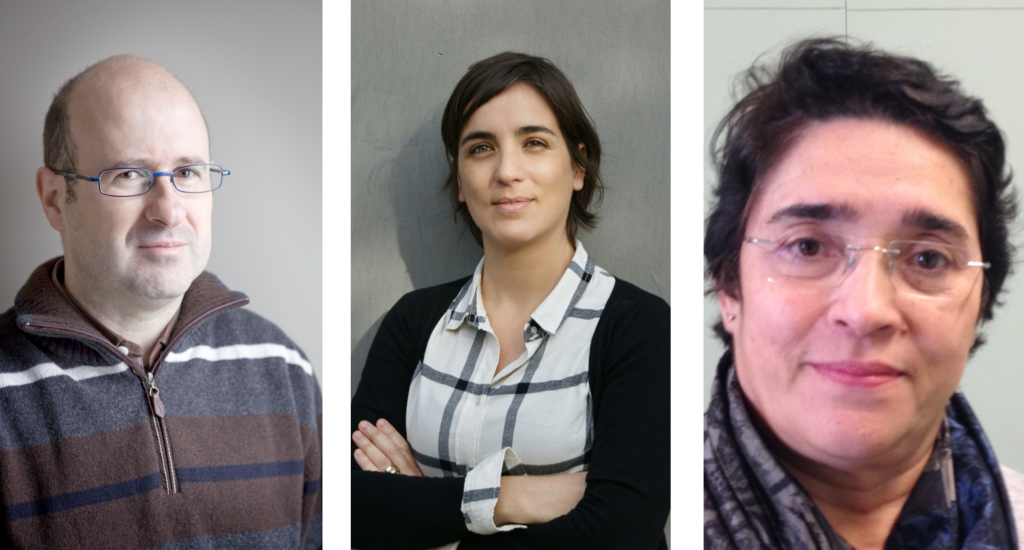
La Bioingeniería contra la COVID-19 acelera gracias a “La Marató”
Tres proyectos con el Instituto de Bioingeniería de Cataluña (IBEC) recibirán financiación de “la Marató de TV3” para investigar diferentes aspectos de la Covid-19. Gracias a las aportaciones recibidas, los expertos profundizarán en la comprensión de la enfermedad y sus posibles soluciones terapéuticas, estudiarán mejoras en los procesos de atención al paciente, y desarrollarán un sistema para predecir la evolución del sistema respiratorio, y avanzar en el tratamiento de pacientes con neumonía derivada de COVID19.

DAM y el IBEC desarrollan un dron que mejora la gestión de los olores en las depuradoras de aguas
La empresa Depuración de Aguas del Mediterráneo (DAM) y el Instituto de Bioingeniería de Cataluña (IBEC) han desarrollado un sistema provisto de sensores químicos que proporciona información, en tiempo real, sobre la intensidad y la localización de los focos de olor en las Estaciones Depuradoras de Aguas Residuales (EDAR). El sistema ha sido calibrado y validado en condiciones reales de operación.

IBEC desarrolla un software para el descubrimiento de biomarcadores
Investigadores internacionales del Instituto de Bioingeniería de Cataluña (IBEC) liderados por Santi Marco desarrollan un software para el descubrimiento de biomarcadores en diferentes muestras biológicas como la orina, extractos de sangre o células. AlpsNMR: una herramienta R para el sistema de procesamiento espectral automatizado para metabolómica no dirigida basada en RMN se ha hecho pública en el repositorio principal de software abierto de bioinformática: el Bioconductor.
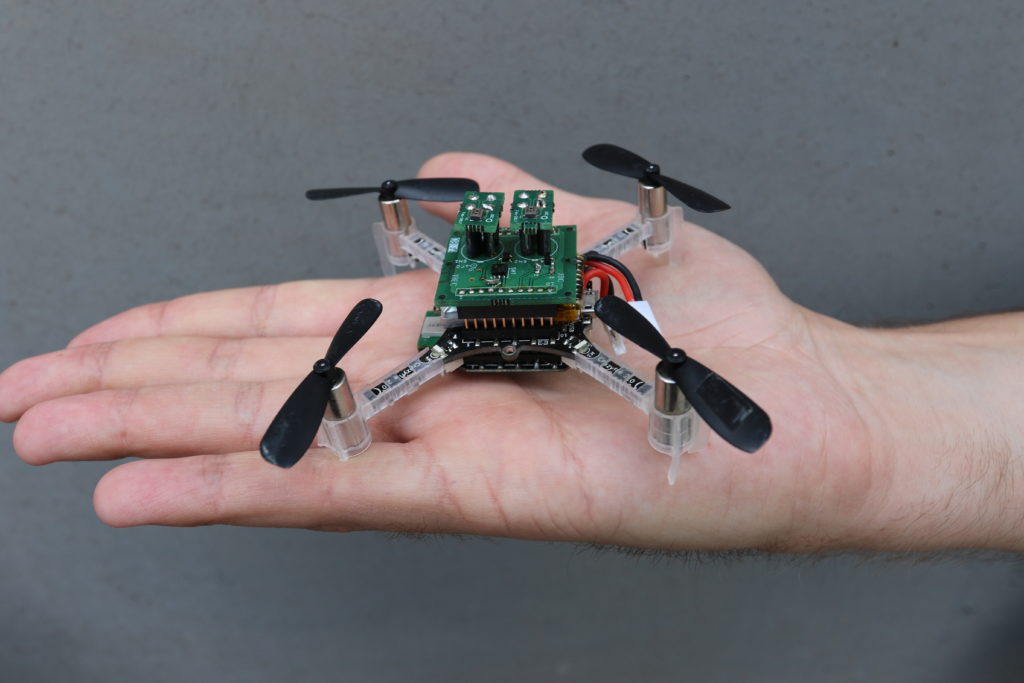
El nanodron de Santi Marco en prensa internacional
Investigadores del grupo de Procesamiento de señales e información para sistemas de sensores del IBEC, dirigido por Santiago Marco, diseñan un nanodrón que podría identificar gases tóxicos en edificios derrumbados por el efecto de terremotos o de explosiones. El nuevo aparato, que pesa 35 gramos, también podría ser útil para detectar la presencia de víctimas en espacios cerrados y de difícil acceso.

Diseñado un nanodrón capaz de detectar gases tóxicos en situaciones de emergencia
Investigadores del grupo de Procesamiento de señales e información para sistemas de sensores del IBEC, dirigido por Santiago Marco, diseñan un nanodrón que podría identificar gases tóxicos en edificios derrumbados por el efecto de terremotos o de explosiones. El nuevo aparato, que pesa 35 gramos, también podría ser útil para detectar la presencia de víctimas en espacios cerrados y de difícil acceso. Detectar gases peligrosos en edificios derrumbados por terremotos o explosiones e, incluso, identificar la presencia de posibles víctimas en lugares difícilmente accesibles son algunos escenarios de acción del smelling nanoaerial vehicle (SNAV), un nanodrón que han diseñado y desarrollado los investigadores Santiago Marco y Javier Burgués, de la Facultad de Física de la Universidad de Barcelona y del Instituto de Bioingeniería de Cataluña (IBEC).

Santiago Marco nombrado nuevo vicepresidente de la International Society for Olfaction and Chemical Sensing
Santiago Marco, investigador principal del grupo Procesamiento de señales e información para sistemas de sensores en el IBEC, ha sido nombrado recientemente como nuevo vicepresidente para los próximos dos años de la “International Society for Olfaction and Chemical Sensing” (ISOCS) durante la asamblea general celebrada en el “International Symposium on Olfaction and Electronic Nose Conference” (ISOEN) en ACROS, Fukuoka, Japón. La ISOCS se fundó en mayo de 2008 por la “Network of Excellence General Olfaction and Sensing Projects on a European Level” (GOSPEL), la red Europea de Excelencia en olfacción artificial, además, Santiago Marco es uno de sus miembros fundadores.
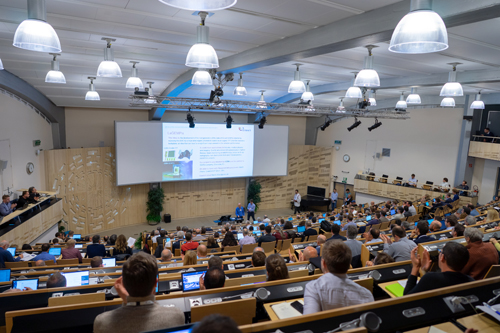
Dos proyectos del programa ATTRACT para investigadores del IBEC
Santiago Marco, investigador principal del grupo de Procesamiento de señales e información para sistemas de sensores y Samuel Ojosnegros, responsable de la unidad Bioingeniería en Salud Reproductiva, han sido seleccionados por sus proyectos de investigación en la convocatoria del programa ATTRACT. La convocatoria recibió más de 1200 propuestas de las cuales se seleccionaron 170. El programa ATTRACT es un proyecto pionero de investigación e innovación que forma parte del programa Horizon 2020 financiado por la Unión Europea y respaldado por un consorcio formado por 9 socios. El objetivo principal de este programa es crear un ecosistema de innovación conjunta entre la investigación fundamental y las comunidades industriales para desarrollar tecnologías avanzadas de detección e imagen para usos científicos y comerciales.

 ibecbarcelona.eu
ibecbarcelona.eu